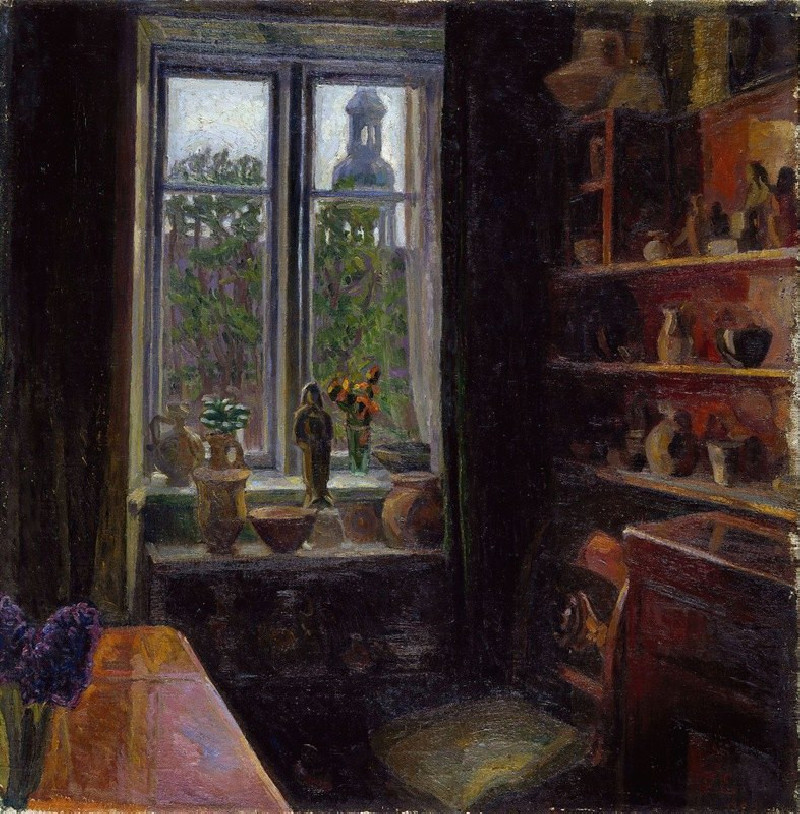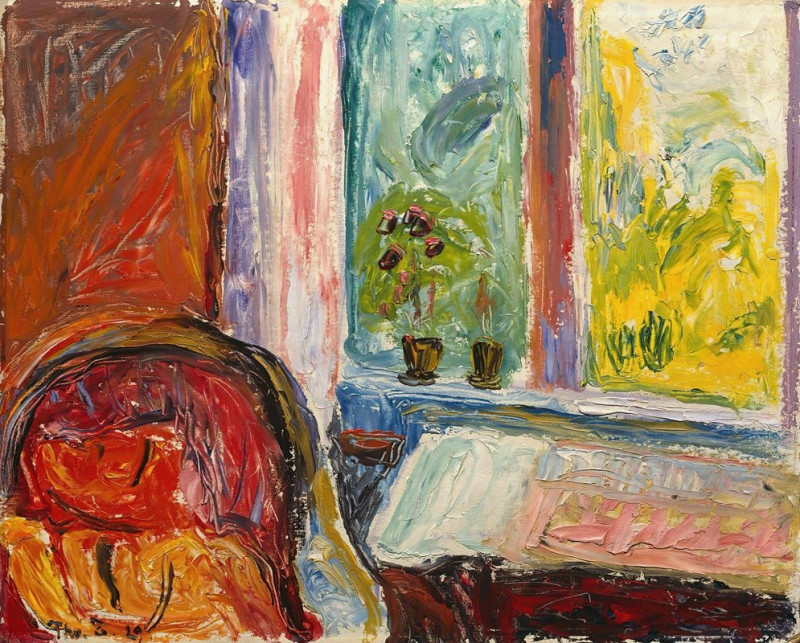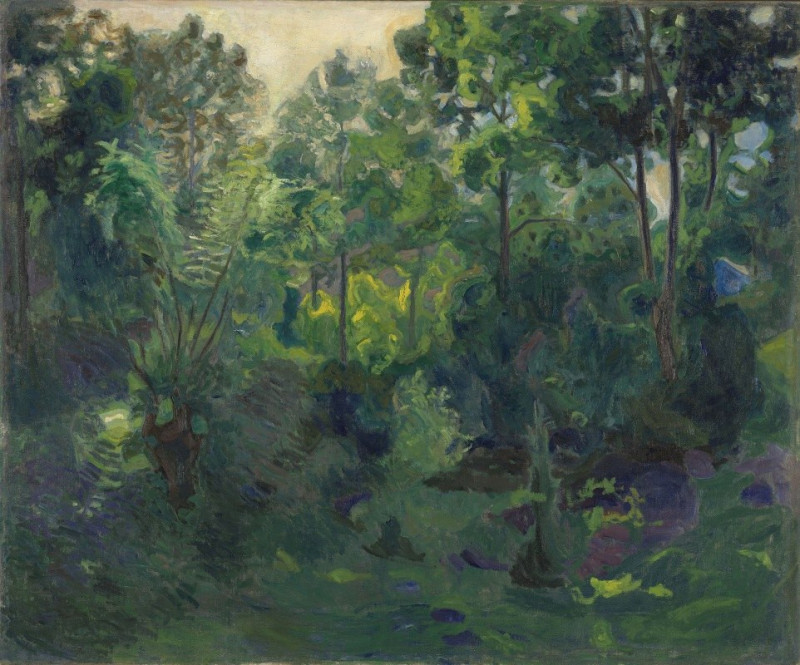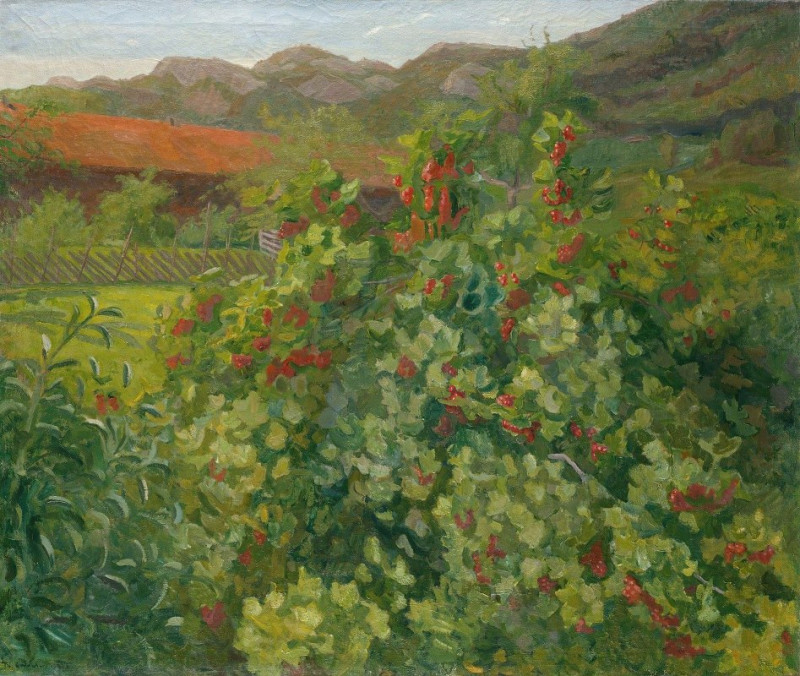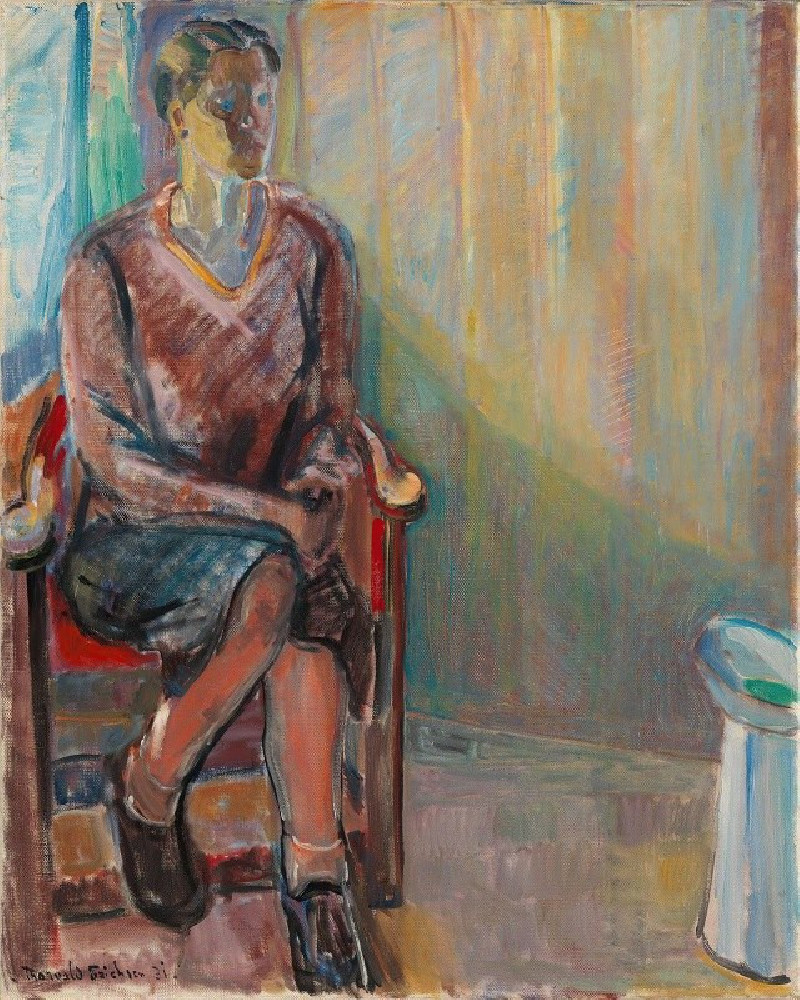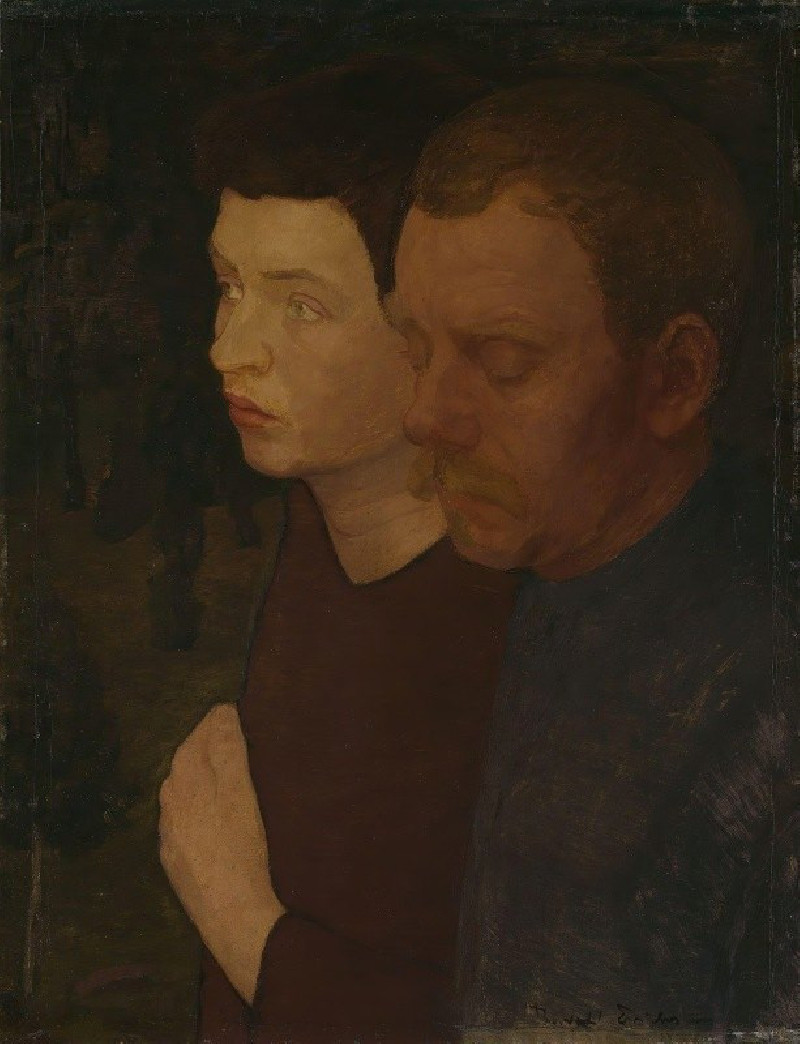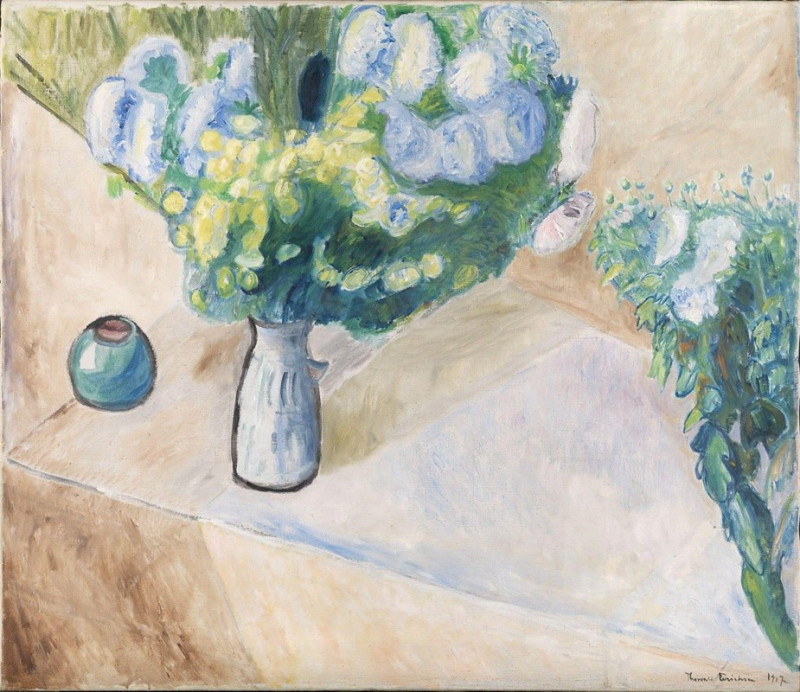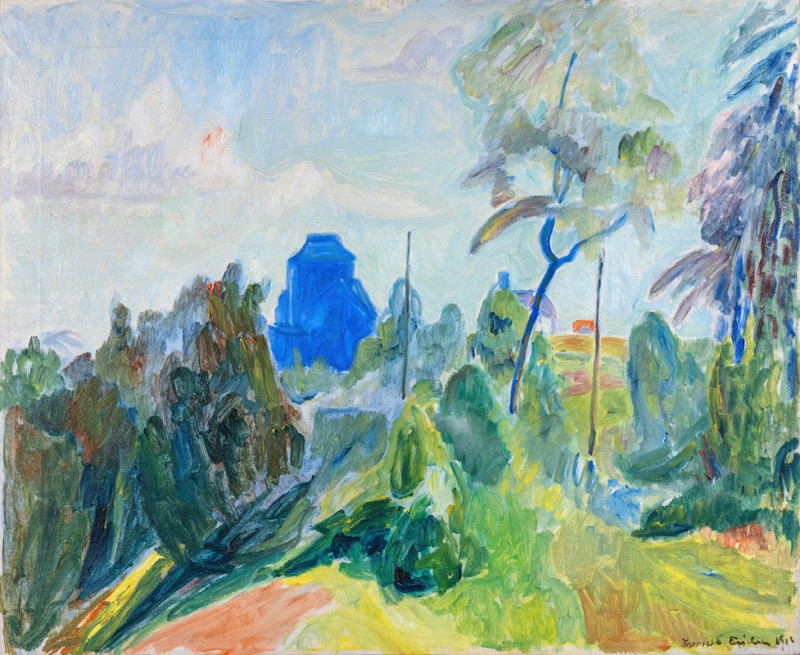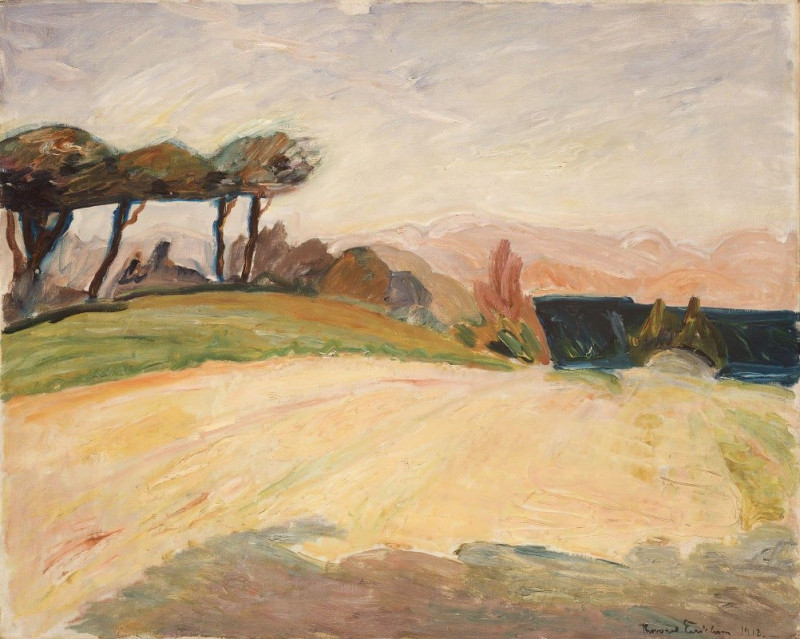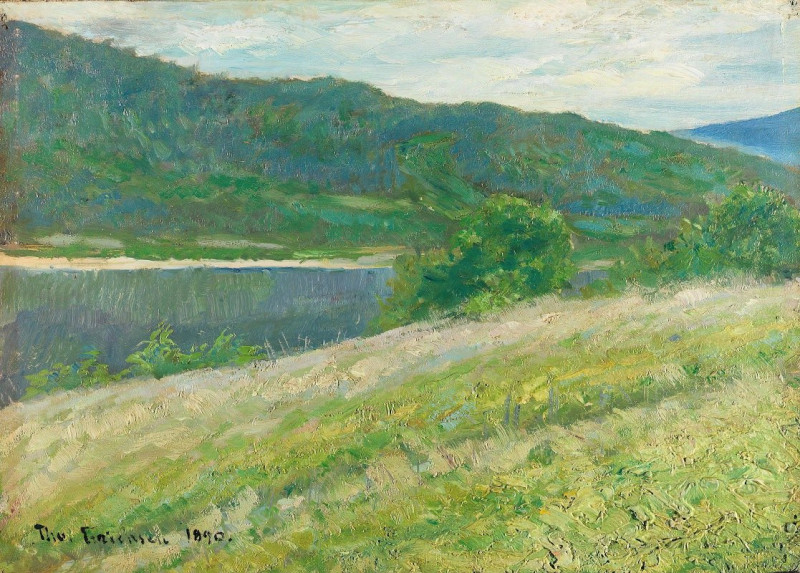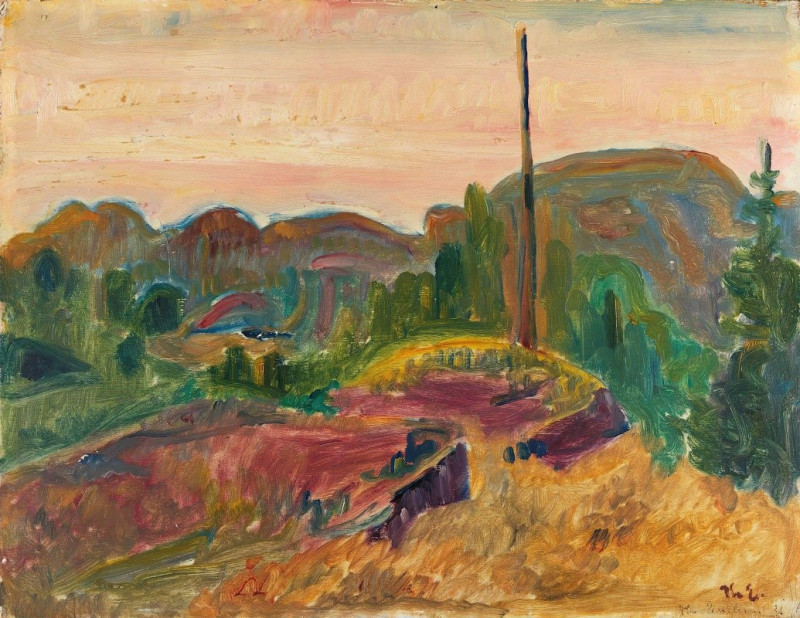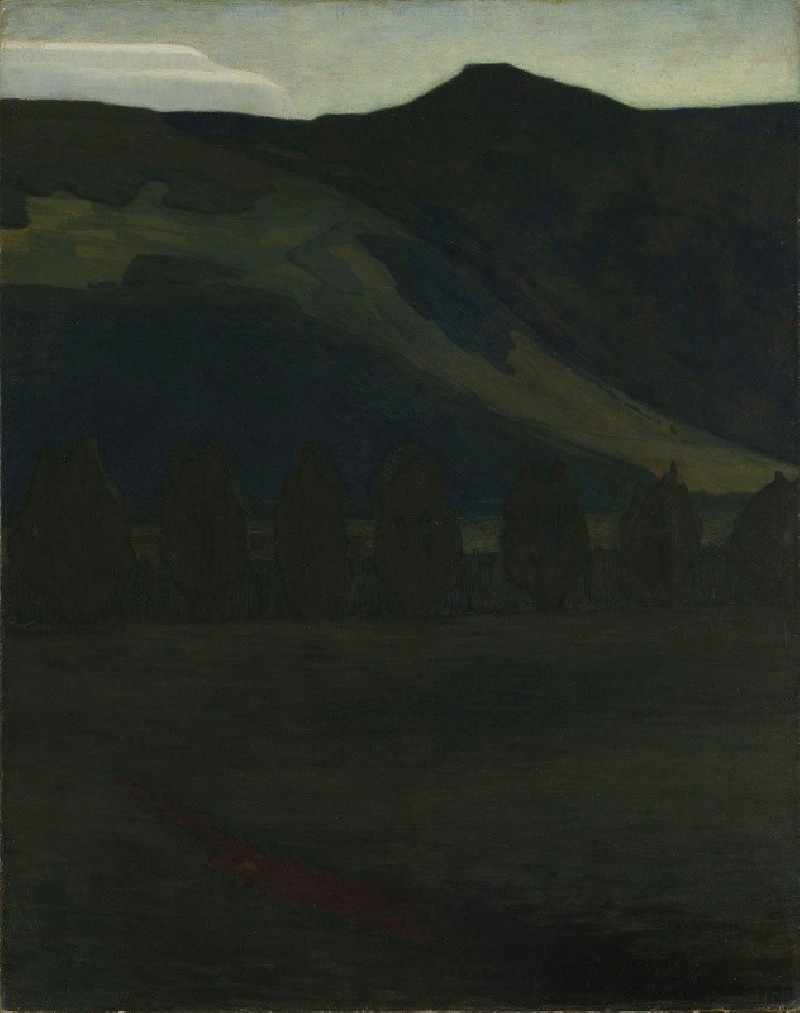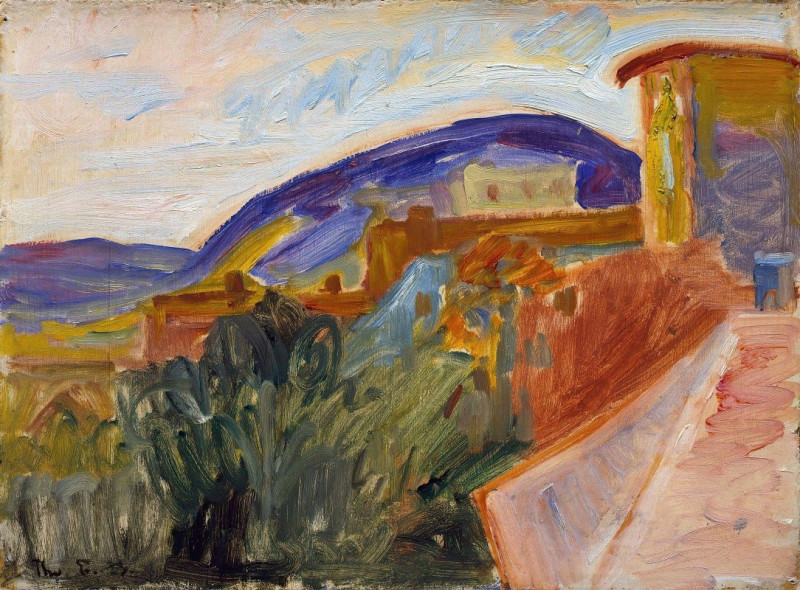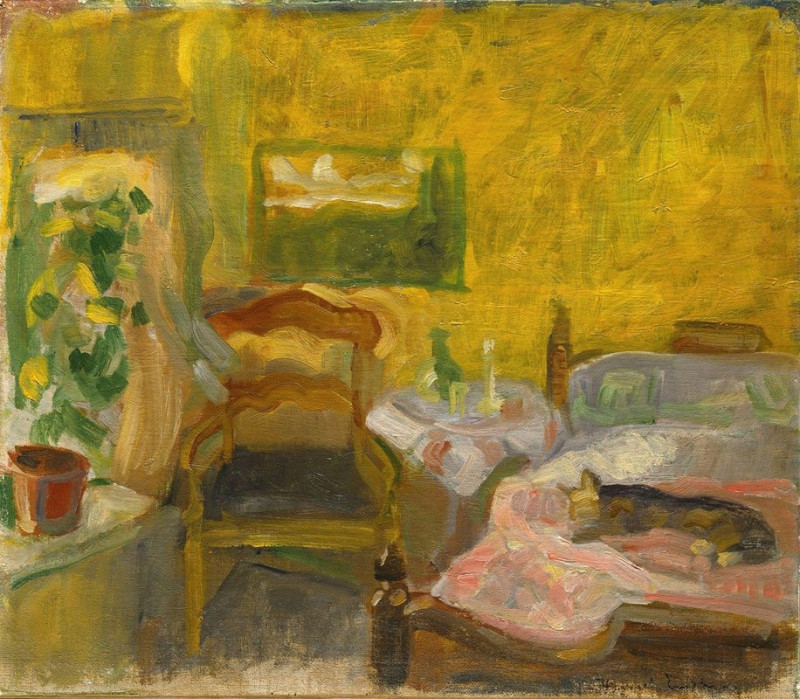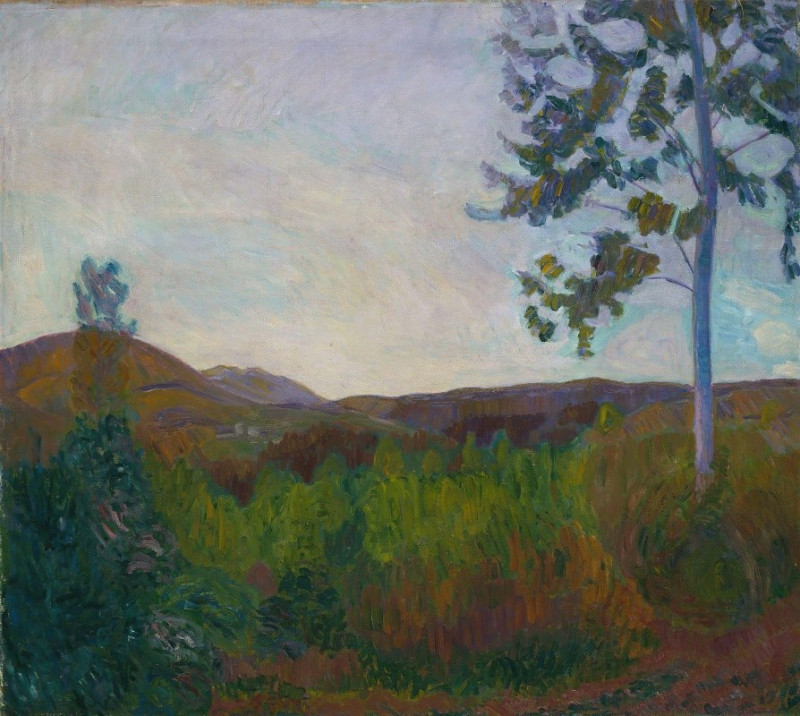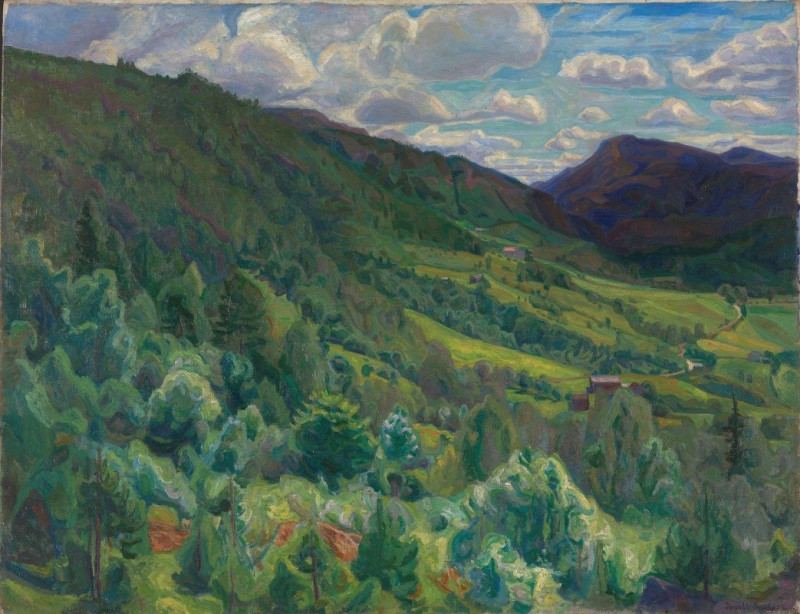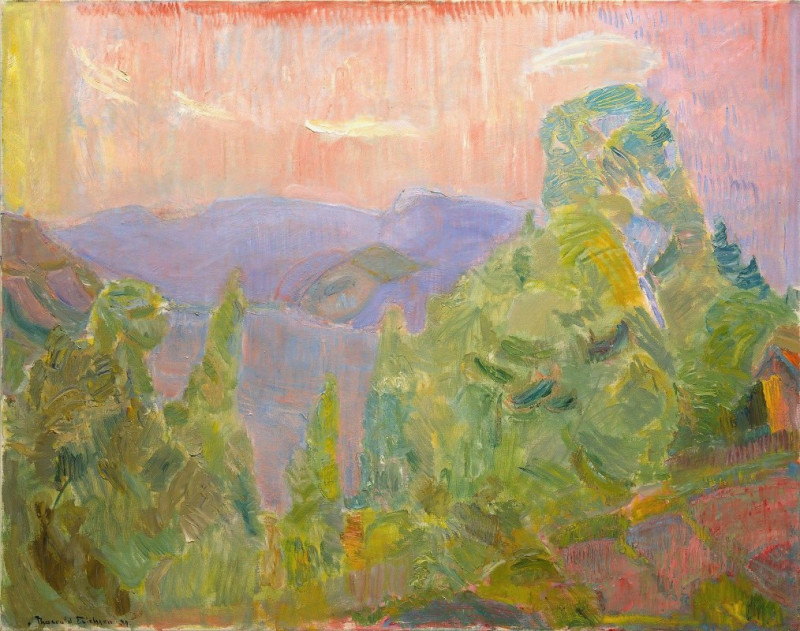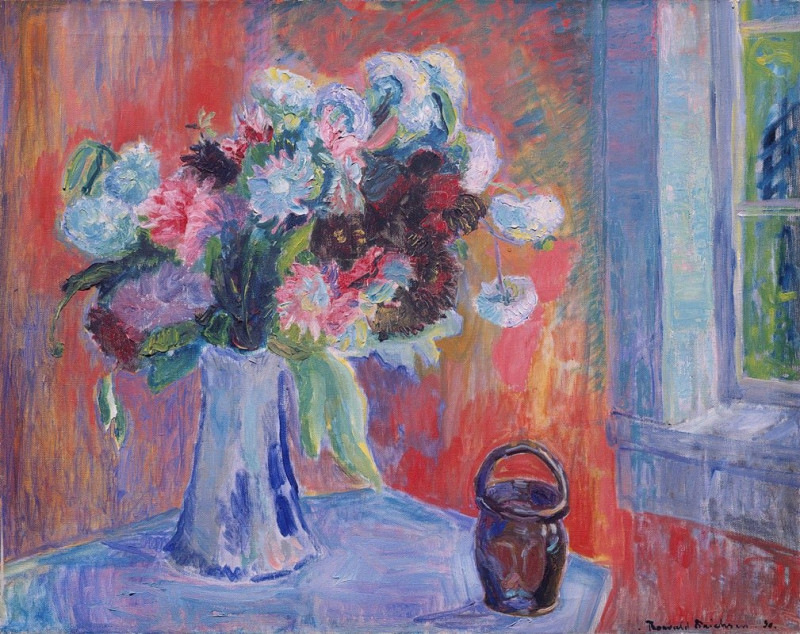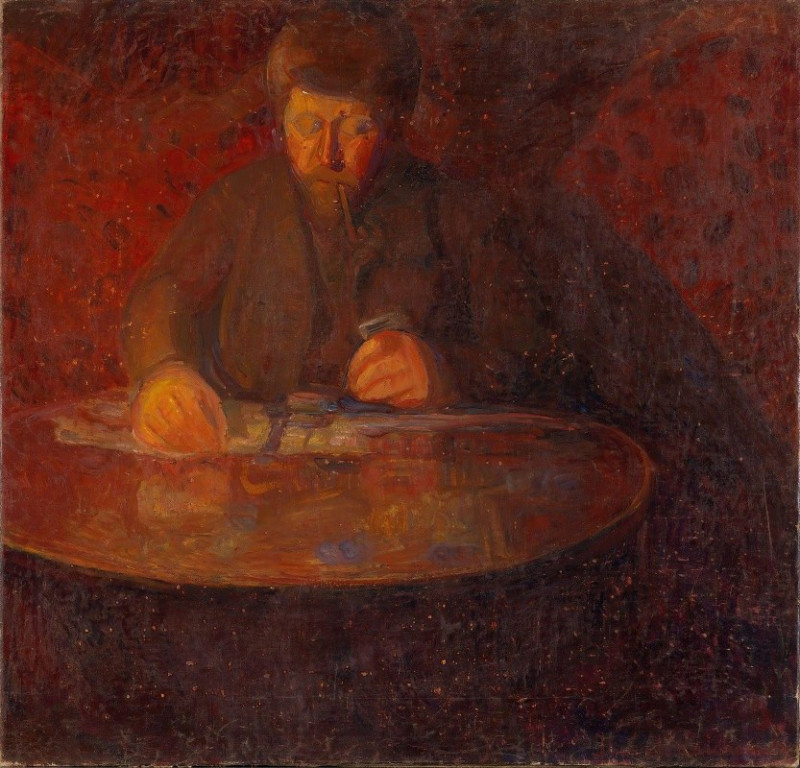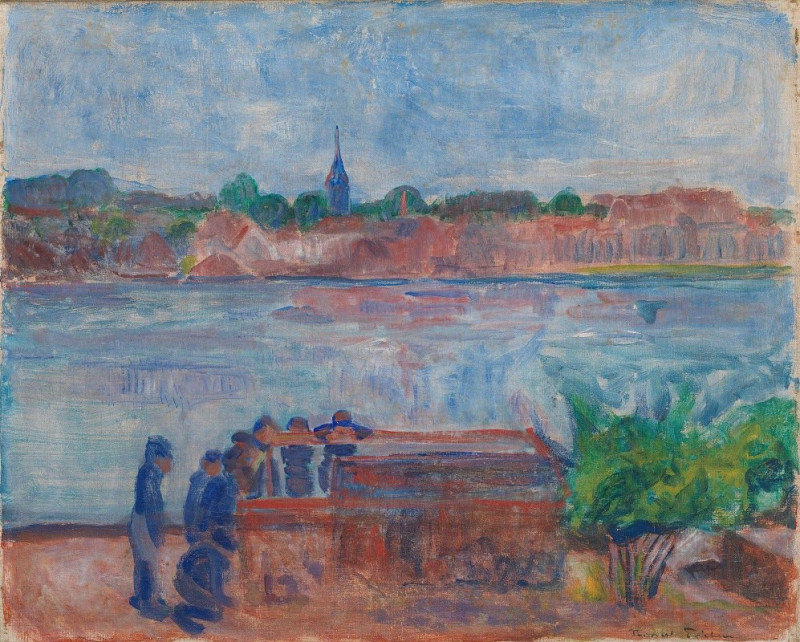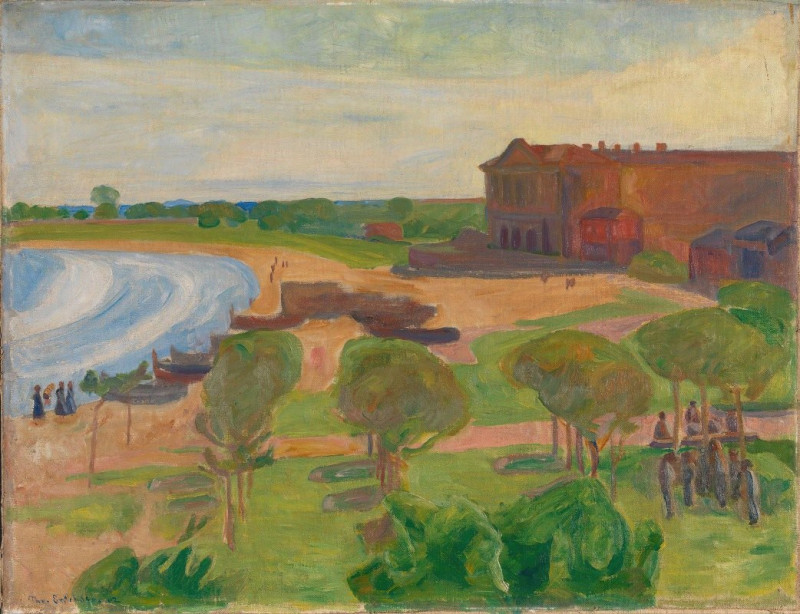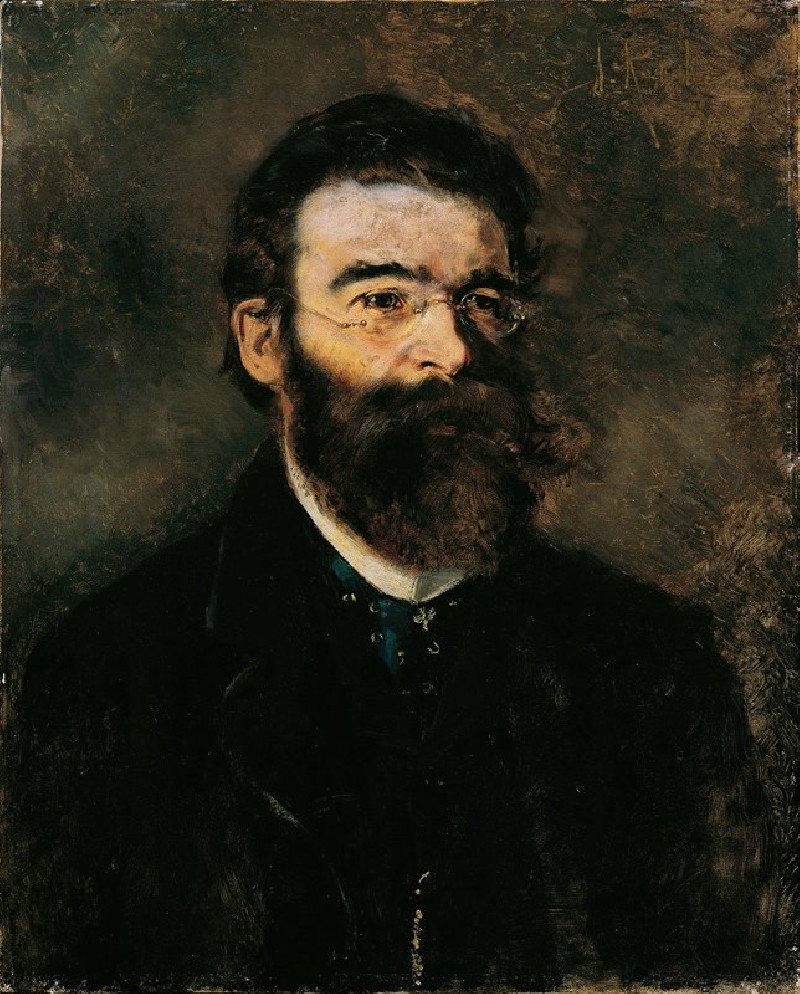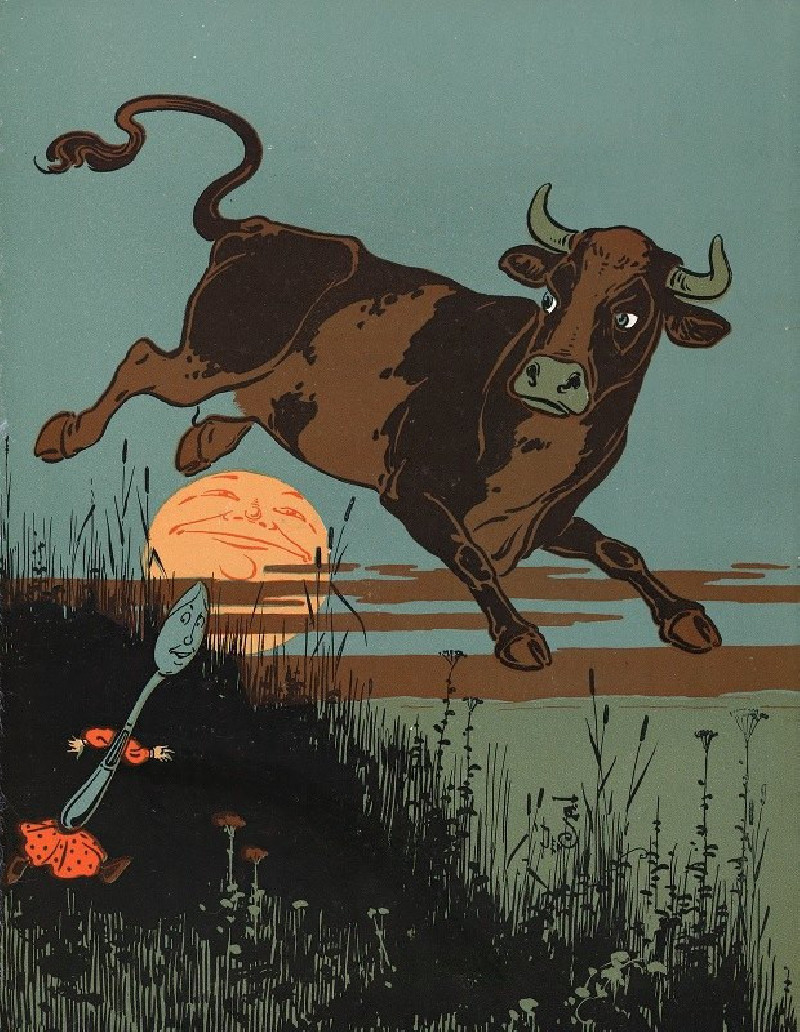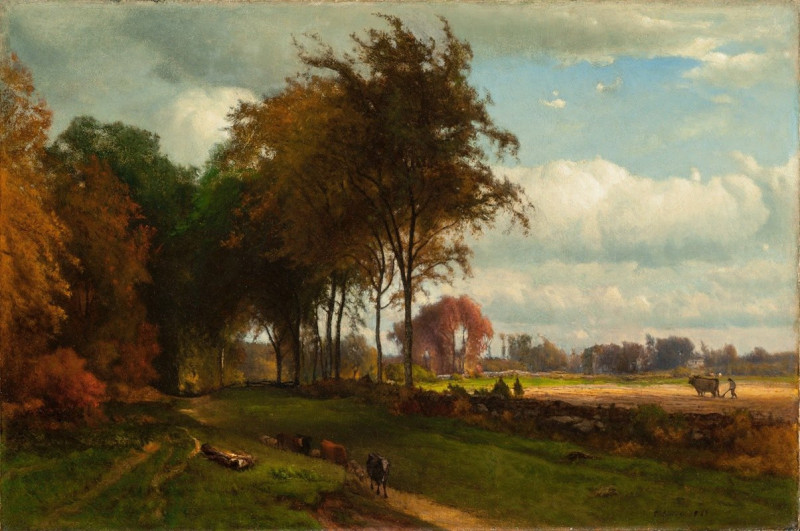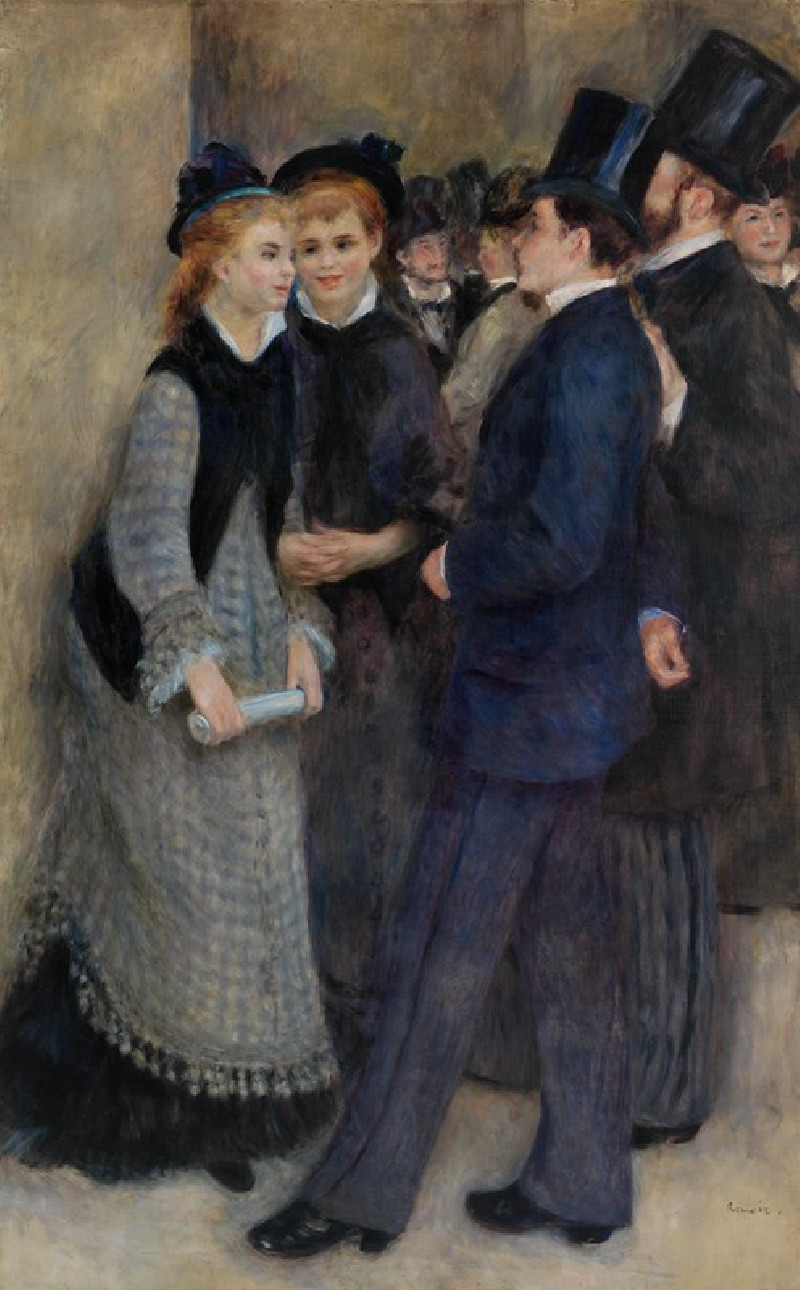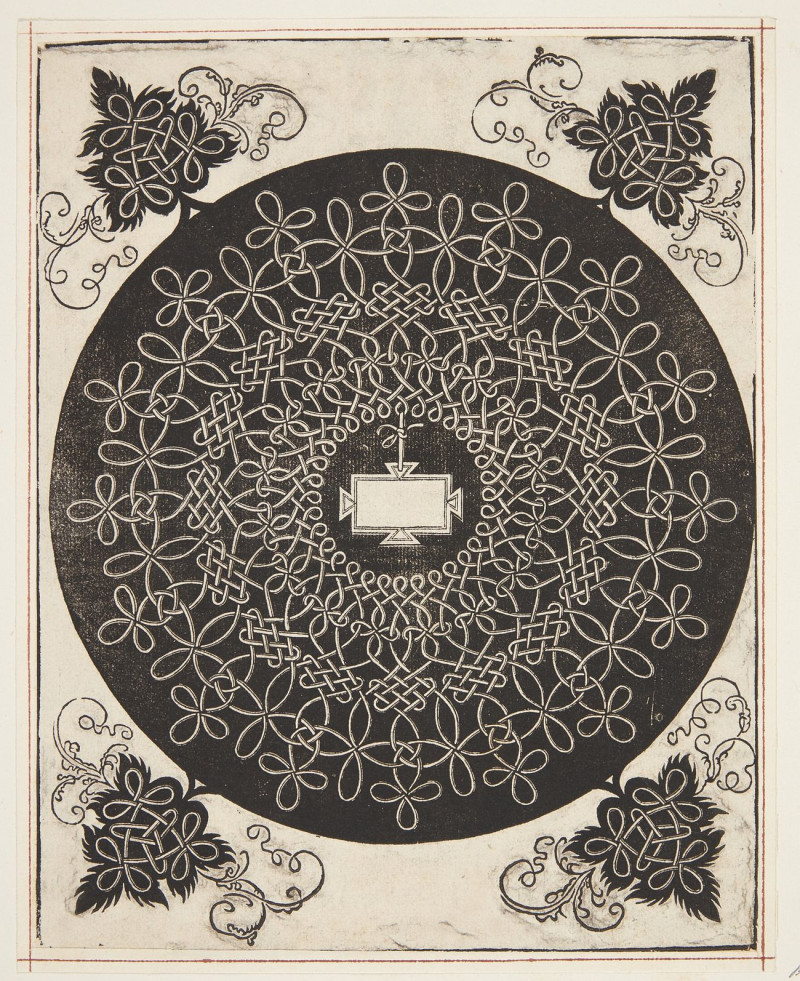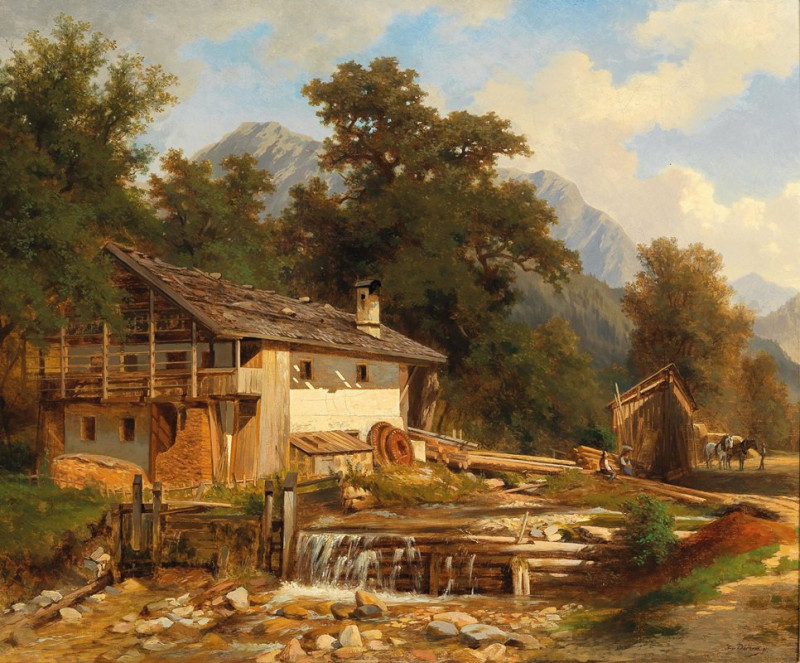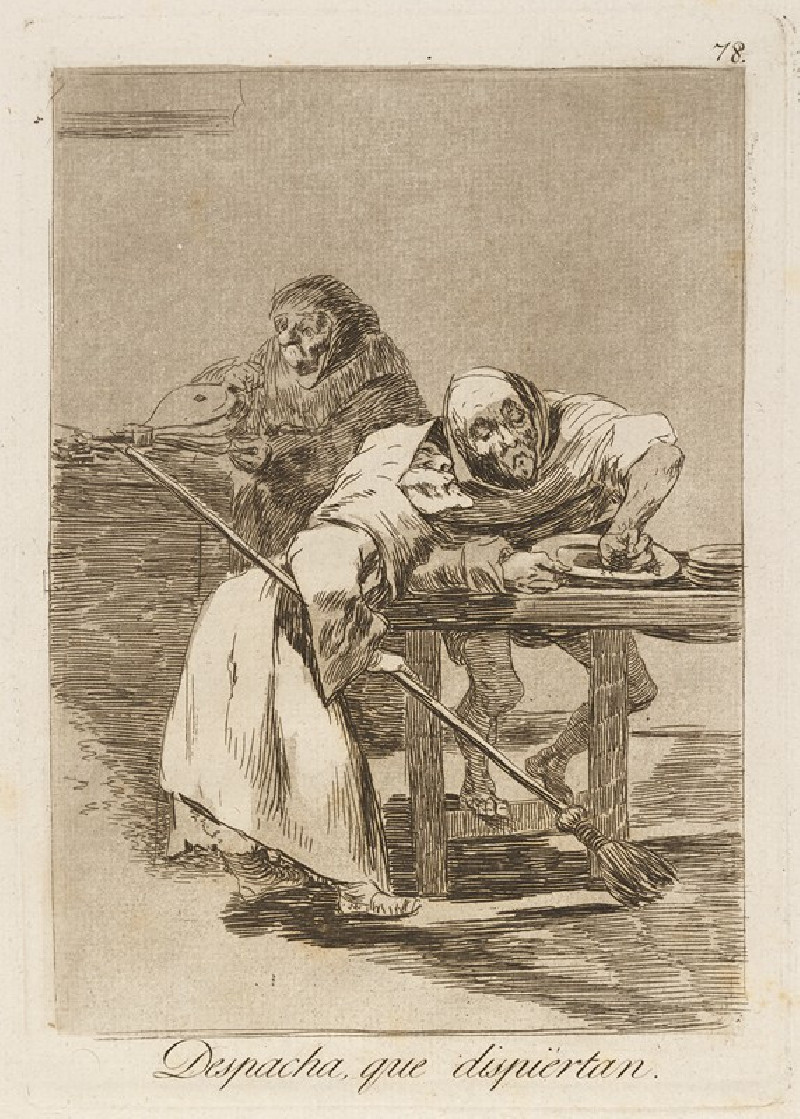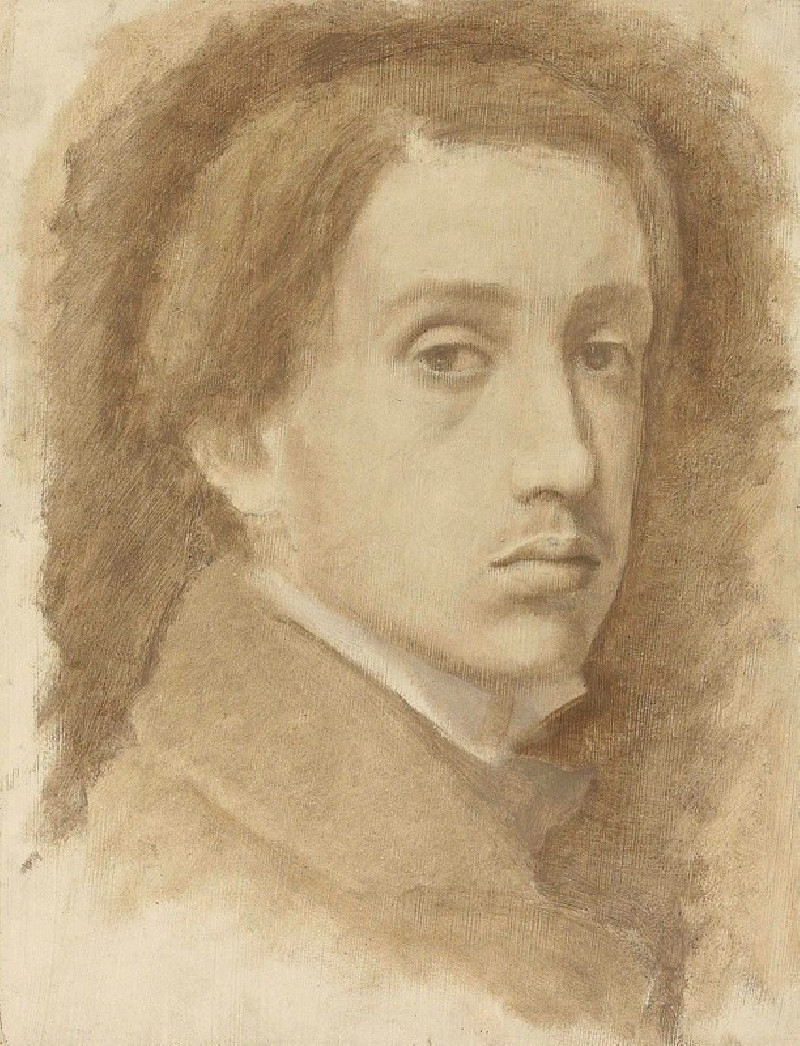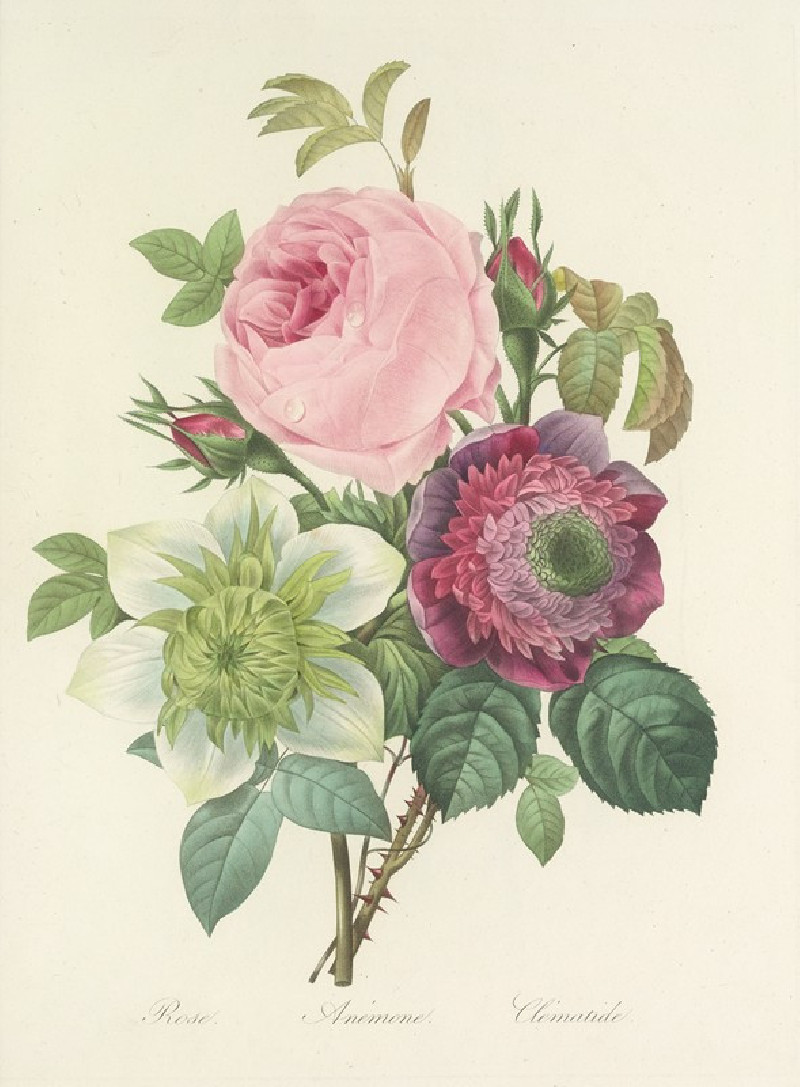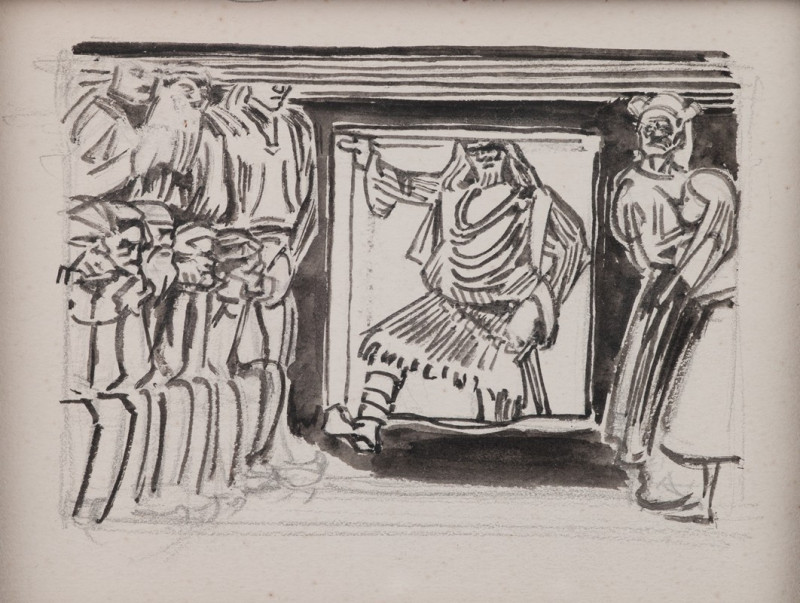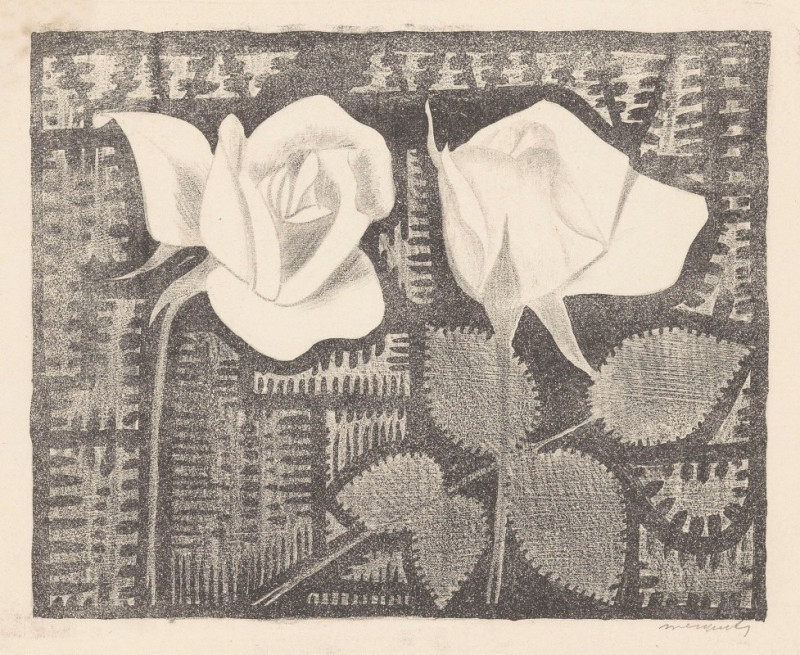Interior from Copenhagen (1900)
Technique: Giclée quality print
Recommended by our customers
More about this artwork
Dive into the serene ambiance of Thorvald Erichsen's painting, "Interior from Copenhagen," crafted in 1900. This artwork stunningly captures the essence of an indoor setting with a striking attention to light and shadow, evoking a sense of peaceful solitude.The viewer’s gaze is immediately drawn towards a beautifully detailed window that frames a view of exterior greenery and a prominent building structure faintly visible in the background. The window not only allows natural light to seep into the room but also serves as the center of the composition, bringing life and energy into the domestic scene.Surrounding the window, the room is adorned with earthy-toned objects that add depth and character to the painting. To the right, a wooden bookshelf is laden with various pottery and trinkets, reflecting the personal tastes and interests of the inhabitants. Each item on the shelves is rendered with individual care, showing Erichsen's dedication to detail and texture.On the windowsill, pots with blooming plants and simple décor items catch the eye, enhancing the room's connection to nature and the outside world. The contrast between the dimly lit interior and the luminosity outside emphasizes the artist’s skill in portraying light variations, a technique that imbues the scene with warmth and realism.Thorvald Erichsen, a notable figure in Scandinavian art, has beautifully merged elements of intimacy and calmness in this painting, making "Interior from Copenhagen" a splendid representation of Danish interior aesthetics at the turn of the 20th century.
Delivery
Returns
Thorvald Erichsen was a Norwegian Post-Impressionist painter; primarily known for landscapes and still lifes.
Thorvald Erichsen was born in Trondheim, Norway. He was the son of Ernst Erichsen (1820-1869) and Trine Jensine Rian (1829-1884). Erichsen's father was a confectioner and died when Erichsen was very young.
Although at first he wanted to be a pianist, in 1886 he began studying law, then dropped out and attended a painting school run by Knud Bergslien, where he completed a course in arts and crafts. He later moved to Copenhagen, where he became a student of Christian Zahrtmann, who had a greater influence on his artistic development.

